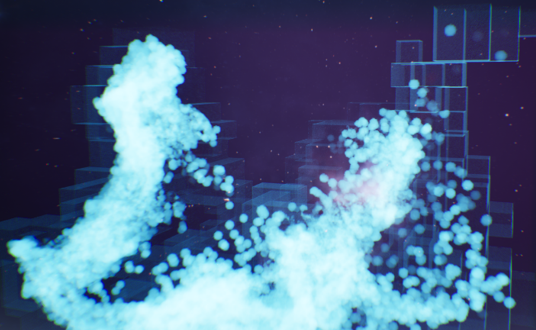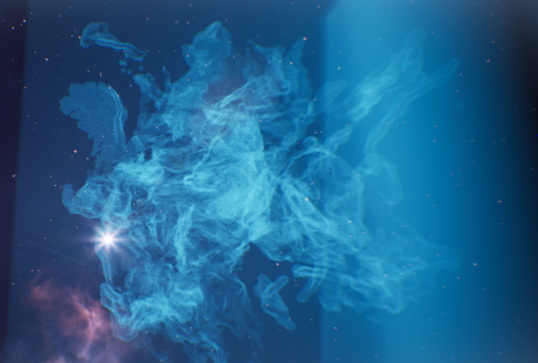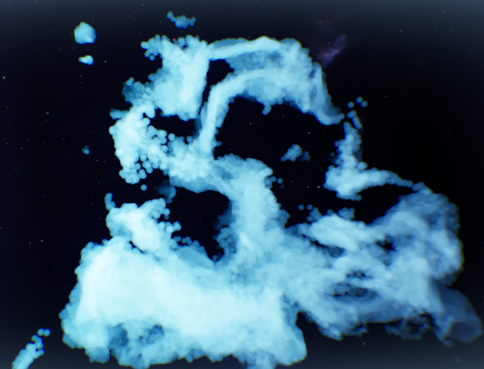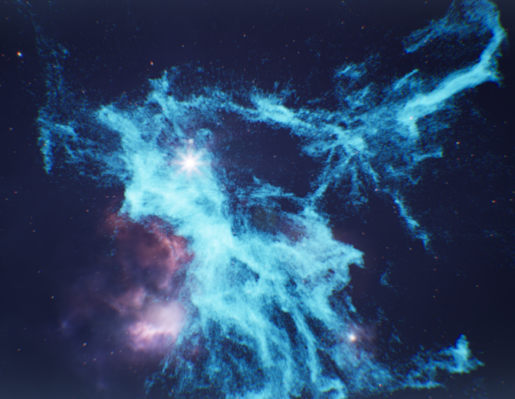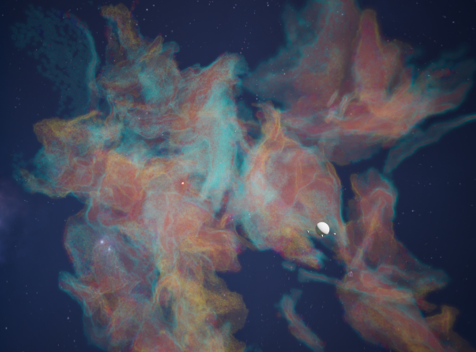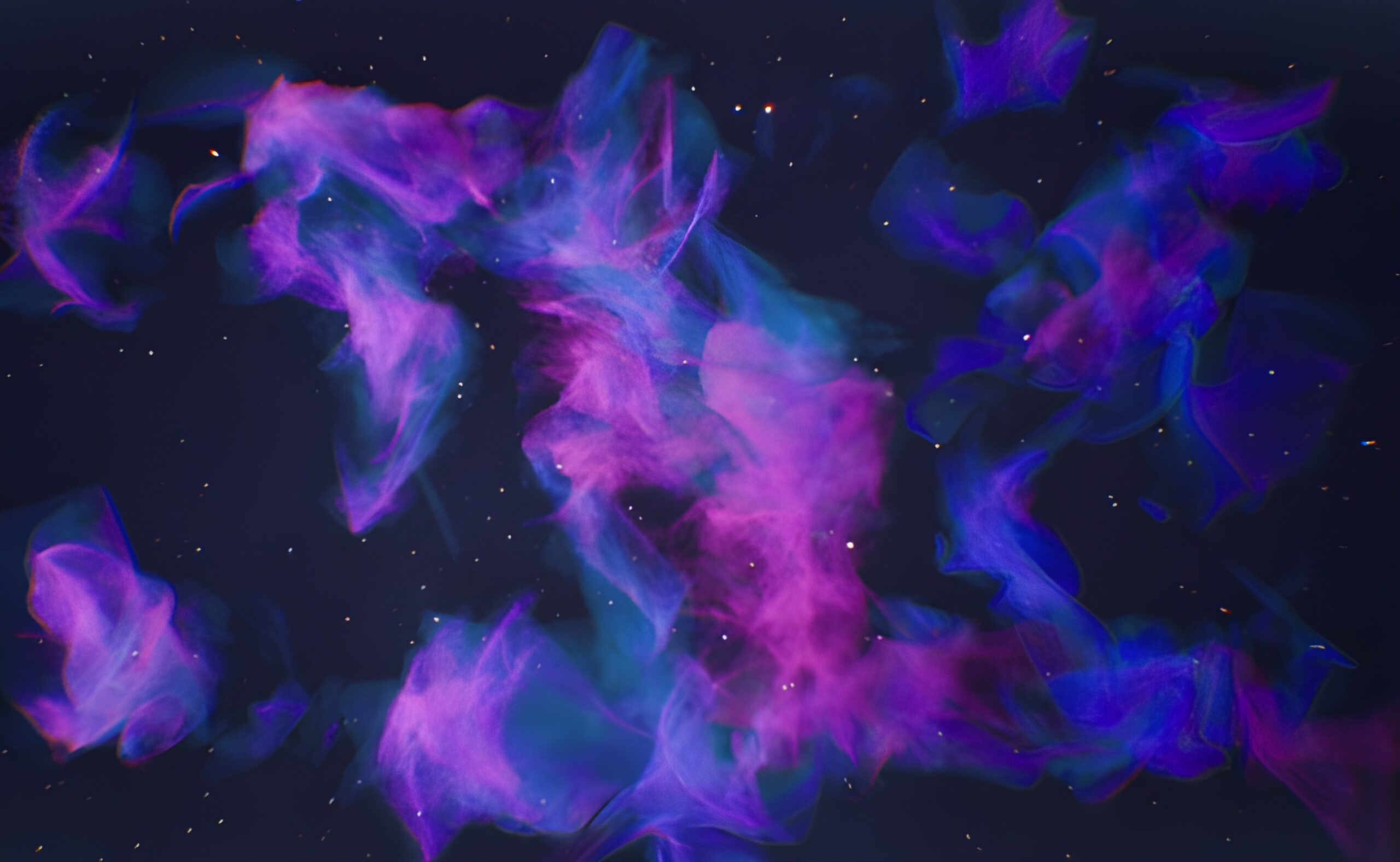Nebula
-
Houdini Nebula
This Nebula structure was developed in Houdini using Volumes, Points and Exporting as a VDB
-
Heterogenous Volume
This volume allows UE5 to read the VDB data and translate it in real time.
-
Creative Control
Exporting Density and Colour from Houdini, combined with an extensive shader of exposed parameters allowed for artistic flexibility.
This first stage of stellar evolution was creating entirely in Houdini, exported into UE5 and dynamically adjusted through a number of key exposed parameters.
Houdini Volume Creation
This nebula was developed in Houdini which converts a volume into a series of points in space that are influenced by turbulent noise fields to simulate realistic gas structures.
The primary challenge at this stage with achieving a balance between visual clarity and performance. To optimise results in Ue5, voxel sizes, point scattering densities and resolutions were iteratively tested to find the most efficient and visually striking composition.
Key attributes like density, Cd and Pscale were exported into a format which UE5 could read: VDB.
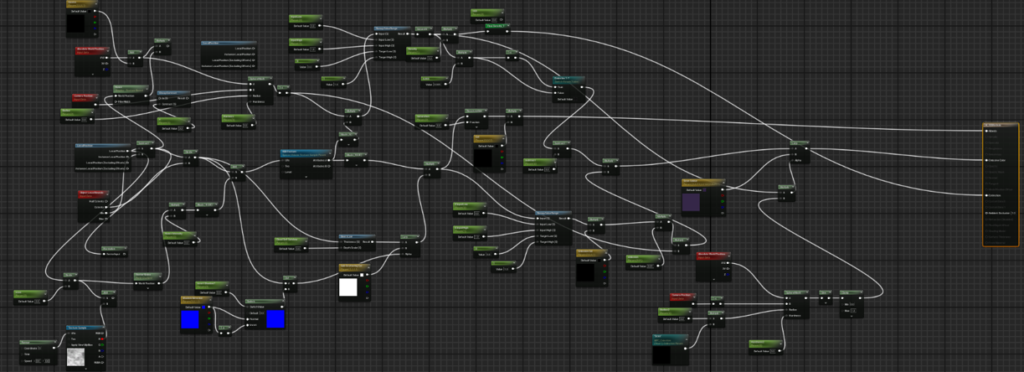
UE5 Implementation
In Unreal Engine, a complex material was created to extract the attributes extracted from Houdini (density, colour, position) and assign them to an array of exposed parameters for a creatively directed volume. This material was assigned to a blueprint called “Heterogenous Volume” which allows UE5 to render out these volumes in real time.
Nebula Iterations
The nebula required extensive iterative testing, moving between Houdini and UE5 to refine resolution, colour, and composition—ensuring the final result aligned closely with the intended creative vision.

